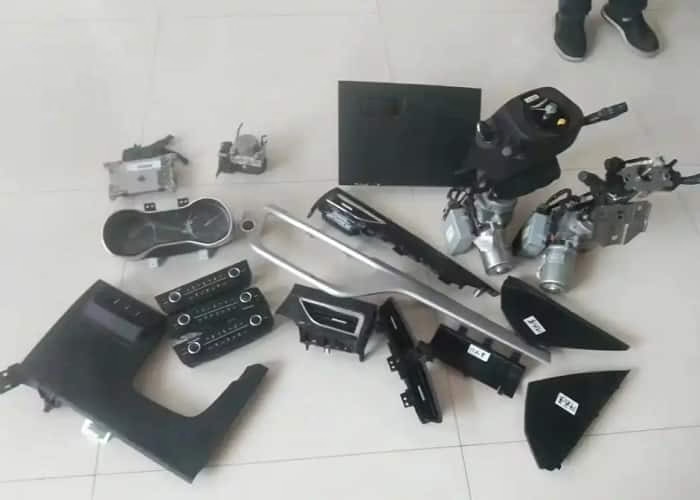How is the monitoring function of the battery system achieved? The monitoring function of the battery system is achieved through the coordinated use of various sensors, communication technologies, and monitoring algorithms, enabling real-time monitoring of the battery’s operational status, performance parameters, and health condition to ensure safe and efficient operation.
The battery system is equipped with various types of sensors, akin to installing ‘sensory tentacles’ on the battery. Voltage sensors precisely measure the voltage of each battery cell, akin to monitoring water levels at different points in a water tower. Abnormal voltage readings may indicate issues such as overcharging, over-discharging, or cell imbalance.
Current sensors continuously monitor the magnitude of charging and discharging currents. Temperature sensors are strategically placed at critical locations within the battery to continuously detect temperature changes, as extreme temperatures—whether too high or too low—can adversely affect battery performance and lifespan, much like regulating room temperature to ensure equipment operates normally.
Monitoring algorithms serve as the ‘intelligent brain’ of the battery system’s monitoring functionality. The collected data is sent to algorithm models for analysis and processing. The algorithms can also assess the battery’s health status. They set various thresholds and rules, and when monitoring data exceeds normal ranges, they promptly issue warning signals, akin to setting safety thresholds—once data crosses these boundaries, an alarm is triggered.
Data collected by sensors is transmitted via communication technology to the battery management system or the vehicle’s central control unit. Wired communication is stable and reliable, suitable for short-range, high-speed data transmission; wireless communication is convenient and flexible, suitable for remote monitoring. After receiving the data, the battery management system further processes and analyses it, and feeds the monitoring results back to other vehicle systems or the driver.
















Leave a Reply